An inspiring new book on the wonder of woodchips is packed with must-try ideas that let you play a part in climate cooling – even while heating your greenhouse.
Gardening books abound, but every once in a while one appears that’s clearly been conceived in earth-friendly gardening heaven. These are the books you feel were written just for you; ones that confirm ideas you’ve been experimenting with in your own garden and greenhouse, but also encourage you to keep going, to keep exploring, and to keep trying more new things.

When a book is also infused with ideas that bolster gardening’s increasingly life-enriching role in healing our faltering natural world, I know it’s the book for me. Your guts tell you that this is a book you simply must have – a cornucopia of information, inspiration and distilled experience that you can’t go on gardening without.
Opening such a book for the first time is like meeting someone you instantly ‘click’ with; turning its pages gives a sense of having shared ground from the get-go. I’ve not felt that for a while – until The Woodchip Handbook: A Complete Guide for Farmers, Gardeners and Landscapers landed. No, it doesn’t scream sexy, but wow, this is the book for me.
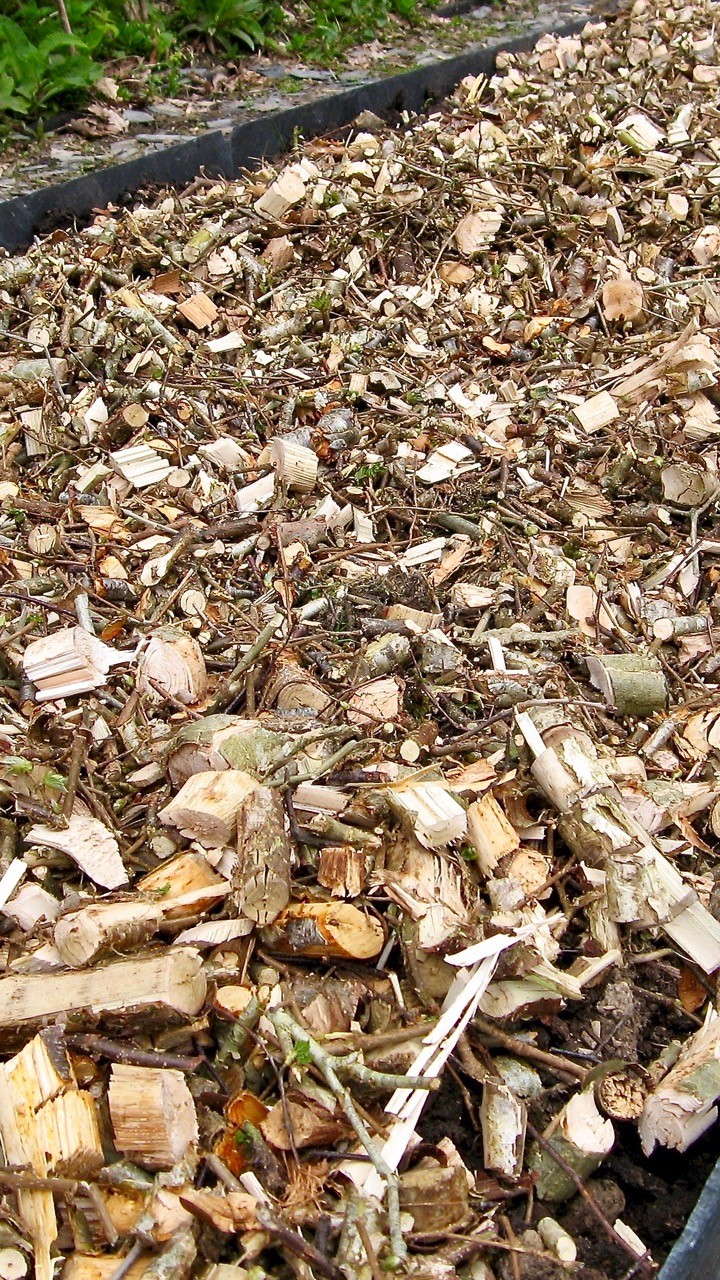
Its author, Ben Raskin, head of horticulture and agroforestry at the Soil Association, has woven together everything we gardeners need to know about the wonderful and inherently super-sustainable world of woodchip: what it is; where to get it; how to deploy it for use in potting mixes and for propagation, for improving your soil, for mulching no-dig plots, for growing mushrooms; and how, in our climate-crazy times, we can deploy woodchips’ quiet power to bury carbon in our soil (you will never want to light a bonfire again).
Ben’s writing is easy, friendly and infectious; you can tell he’s on a journey of discovery with woodchip, just like his soon-to-be-hooked readers will be. He has tapped into the woodchip-savvy minds of pioneers and experts, blending their knowledge and experience together in a book set to upgrade gardening’s sometimes dodgy ecological credentials. This is the book for you.
My feeling of shared ground came in the pages that explore turning the thinner, twiggier and sappier bits of trees and shrubs into woodchips and then adding them straight to the soil. I’ve been using home-grown green woodchip (Ben calls it ramial chipped wood) for several years, with astonishing results. These fresh, nutrient-packed chips, derived from shoots and branches under 7cm in diameter, have transformed both the way in which I grow, and how I see gardening through a broader environmental lens.
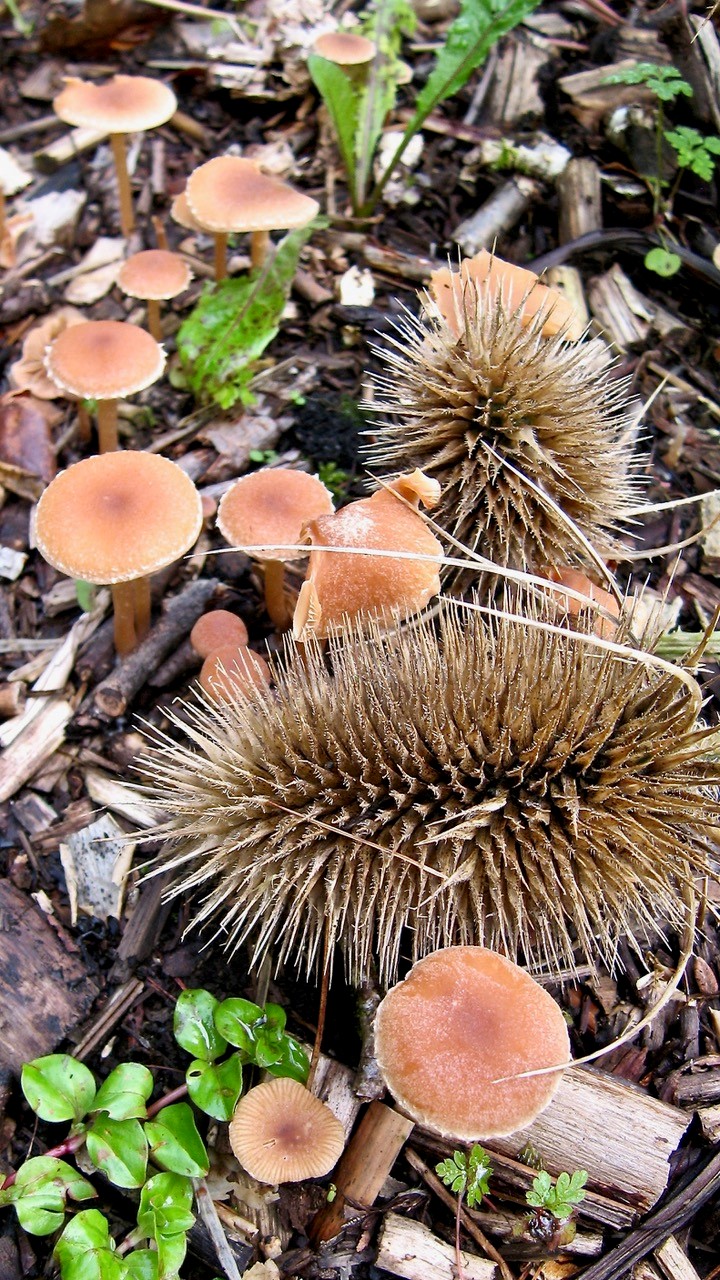
I’m constantly trying to both reduce the energy needed (and the carbon released) in going about my gardening, and also do what I can to suck chaos-creating carbon dioxide from the air and stash it away in my soil. By coppicing and then chipping fast-growing willow (which has meanwhile provided much-needed habitat for long-tailed tits), I can grab the carbon used by the plants to build their woody stems, and then bury it underground, boosting soil life at the same time.
Using woodchip has been a key factor in transitioning my initially organic garden into what’s a now more self-reliant vegan-organic (‘veganic’) one, which no longer relies on any animal by-products to sustain it. It’s no coincidence that woodchip is playing an increasing role in farm-scale veganic (or stock-free) growing systems, and in ‘regenerative’ farming more generally.
It was the flush after flush of toadstools in my newly woodchip-enriched, no-dig beds that saw off any lingering doubts about woodchips’ power and potential. Parting the soil was a revelation – a turning point that shifted my gardening up several gears.
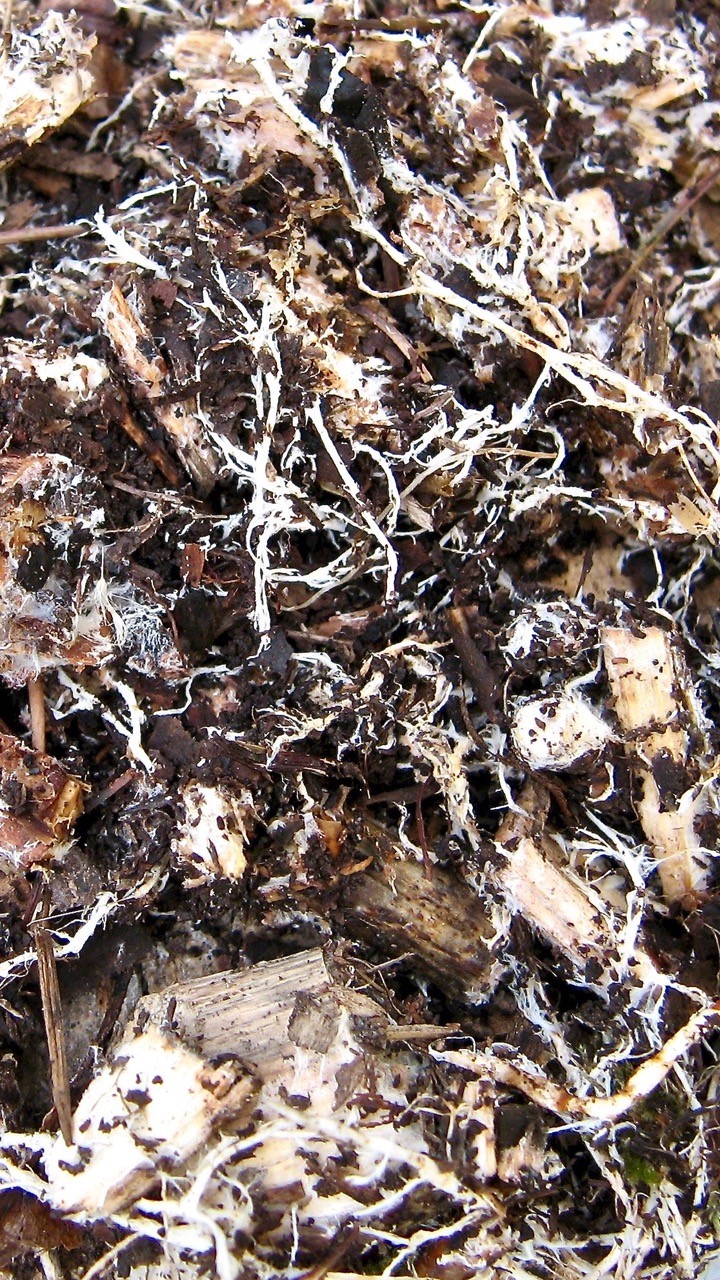
The mostly willow green woodchips I’d worked into the top few centimetres of soil a few months earlier (together with leaf mould as a microbial ‘primer’) were swaddled in pale fungal strands – part of the web of mycelium from which the toadstools arose; some sprouted straight from a darkening woody chip. Worms big and small were pushing down under the chips’ now decaying bark, leaving rich casts in their wake. Abundant, minuscule life teemed around the chunks of wood. The soil actually smelt different – as if it were truly alive. It went from fine to fabulous fettle in only a few months.
Plants grew – like mad. Strong, healthy growth, triggered by the sudden explosion of soil life, was palpable. The plants’ roots were having a field day, as they began to meld and connect with the fungal mycelium threading through the soil. The toadstools kept on coming, sprouting right next to the stems of annuals and perennials alike. I add more green woodchips regularly, and they keep on coming. The same magic can be wrought on often overworked soil beds under cover.
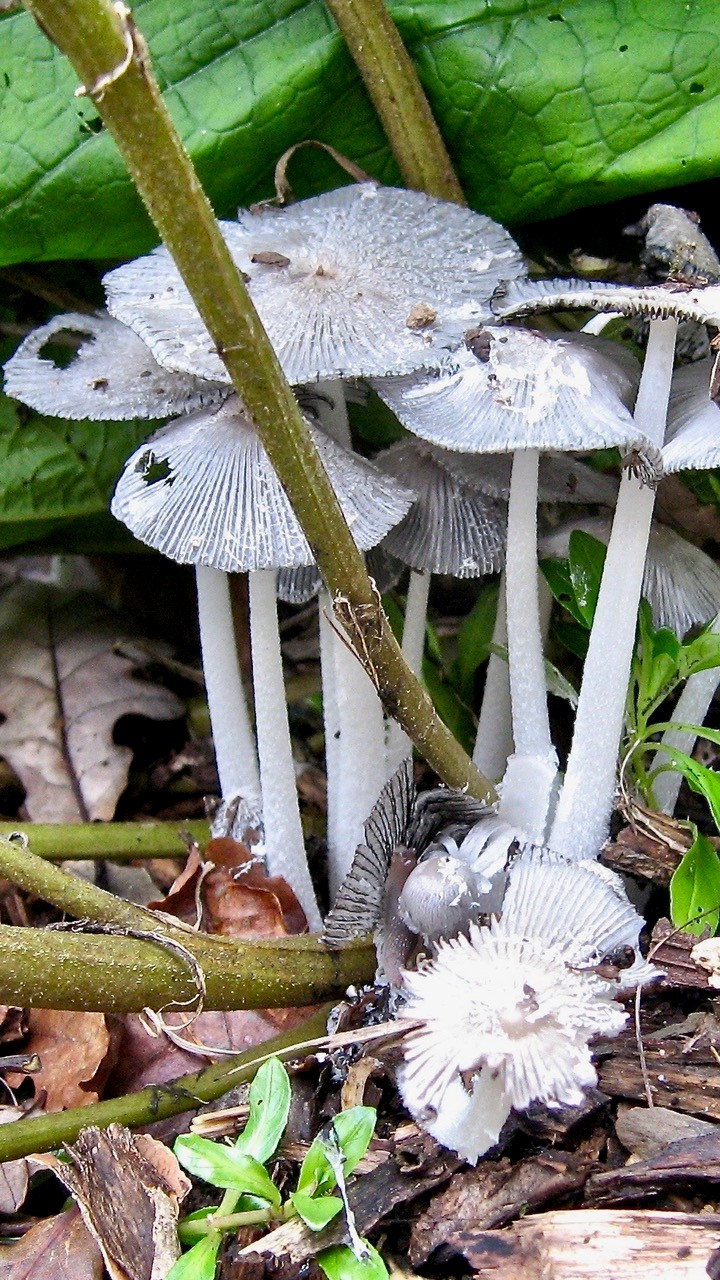
Ben’s book revealed something eye-opening about the explosion of life that woodchips bring: soils with high levels of fungal activity have been shown to sequester more atmospheric carbon. One theory – there’s more to be discovered – is that fungi-abundant soils have stronger crumbs than others. These stable crumbs protect organic matter, holding onto it, preventing it from breaking down and releasing carbon into the air.
Who would have thought that our millions of gardens and allotments, powered by woodchips, could play their collective part in climate cooling? Such gems of information make this a book for us all.
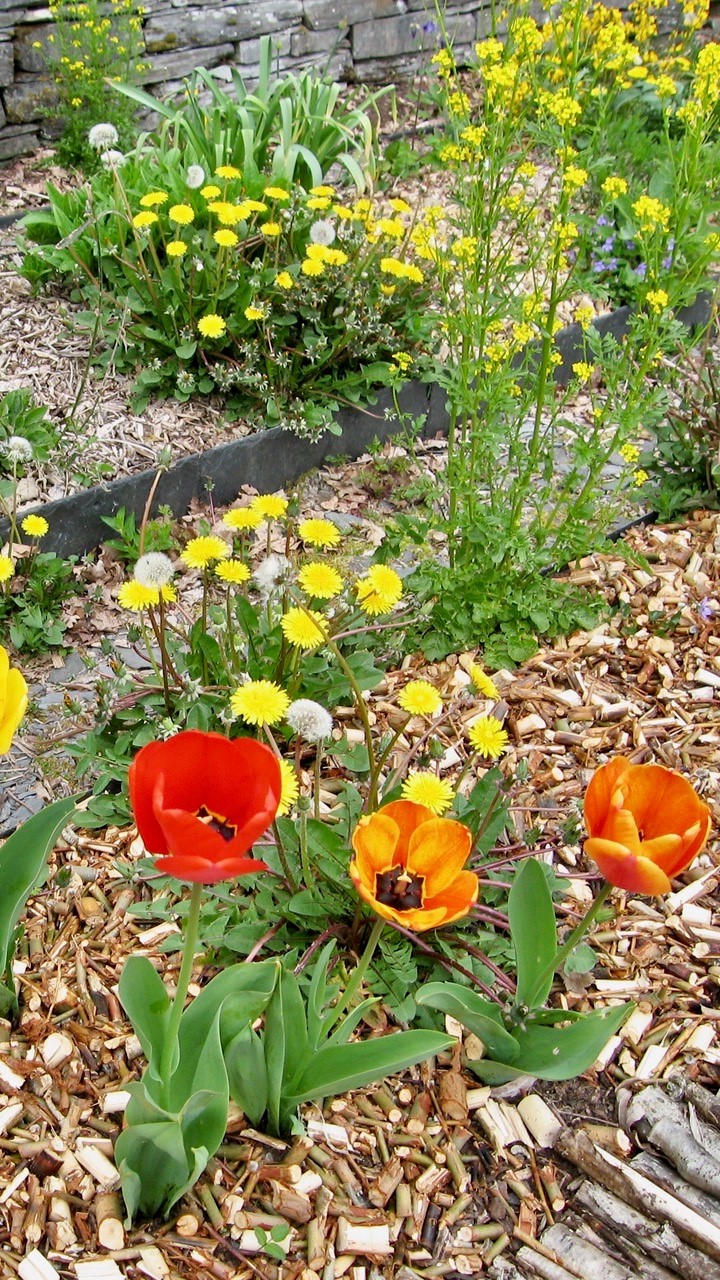
There’s another hands-on jewel of an idea that The Woodchip Handbook has me (and hopefully you) itching to try in my greenhouse in spring: woodchip hotbeds. When you pile fresh woodchips up in a big heap, they quickly heat up. If you fill a simple square or rectangular box formed from wooden pallets (or similar) with fresh green woodchips (not those stood outside that have already passed their ‘hot’ phase), they generate heat as they begin to break down.
This heat rises, becoming an electricity-free, plant-powered propagator for germinating seeds and/or rooting cuttings, for two to three months; trays and pots can be stood on boards or wire mesh stretched across the box of hot chips. It’s a simple, easy system, suited to an allotment greenhouse, or one at the far end of a garden. Having burrowed into many a heap of steaming woodchips, I reckon that a minimum of a cubic metre ought to warm up well.
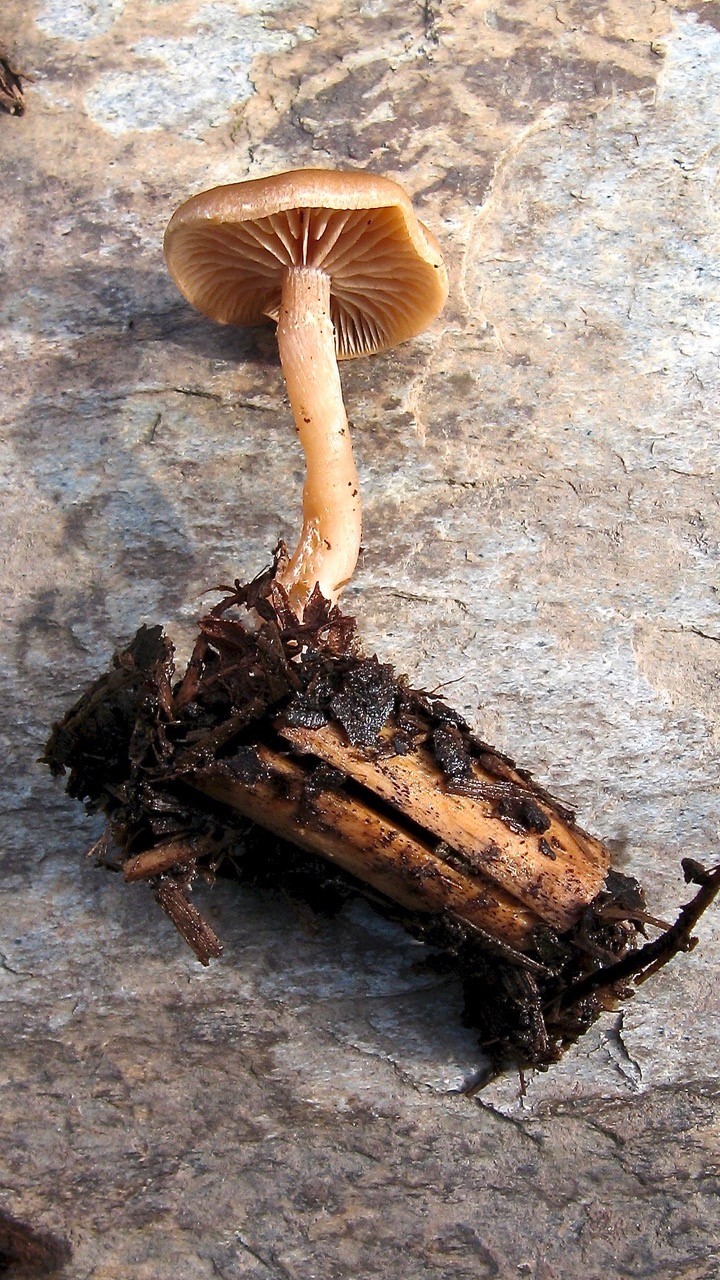
Hotbeds are nothing new. Traditionally they were made with animal manures, heated up and cooled down quickly, and were pretty whiffy. Decomposing woodchips smell divine – of forests and fungi. They don’t get as hot as muck, but keep their heat going for longer, and the cooled-off, part-rotted chips can be used in home-made peat-free sowing and potting mixes, added to soil, or spread as weed-stopping, soil-building mulch.
If you’re after inspiration, insight, distilled knowledge, the temptation to try out something new, down-to-earth, practical ideas, and ways to make your garden inherently more nature- and climate-friendly, this book is for you.
It’s fresh from gardening heaven.
The Woodchip Handbook: A Complete Guide for Farmers, Gardeners and Landscapers by Ben Raskin, Chelsea Green Publishing, 2021, ISBN 9781645020486.
Text and images © John Walker. Cover image: Chelsea Green Publishing
Find John on Twitter @earthFgardener










